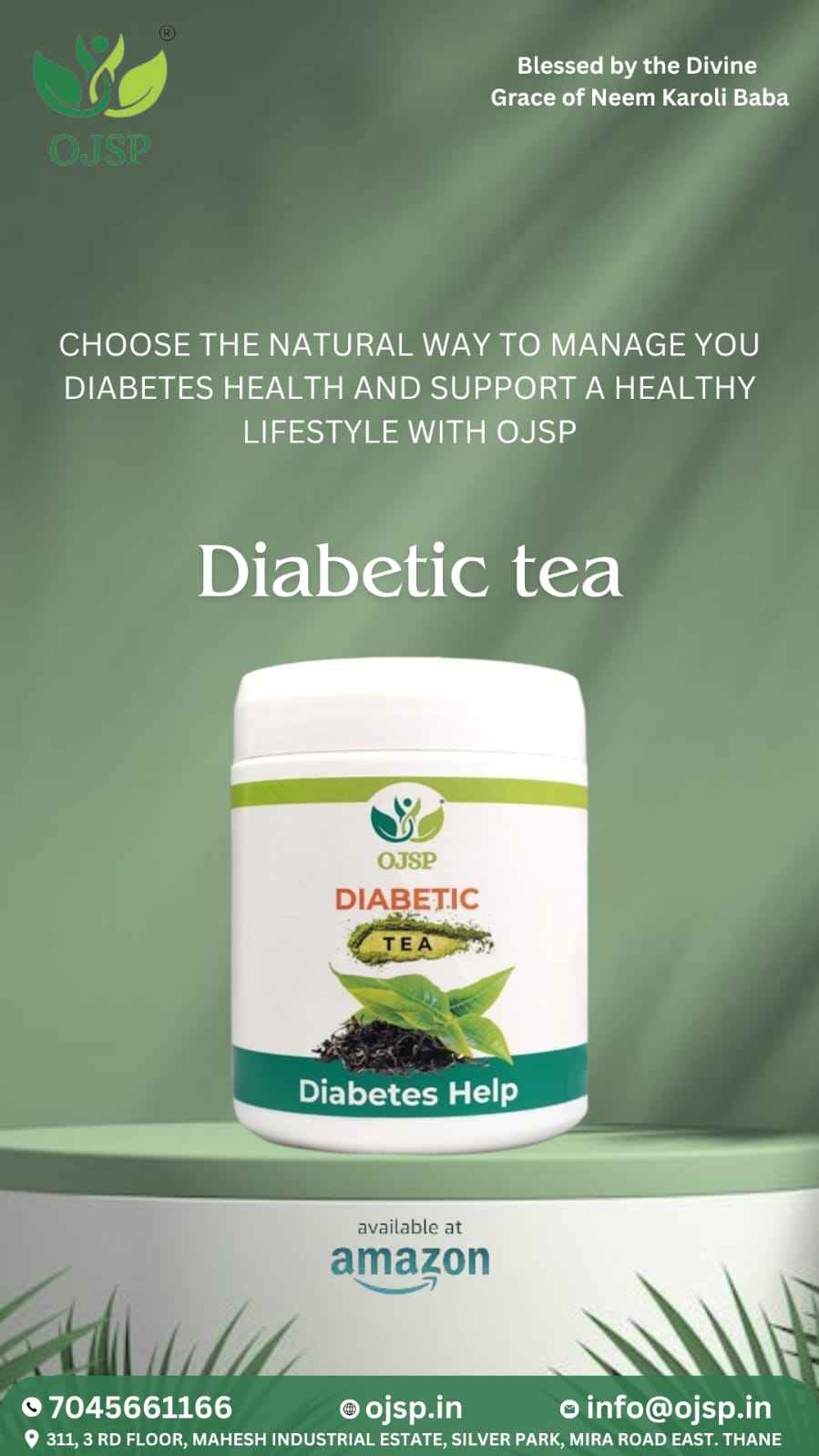Indian summers have never been kind. But this year, the rising heat isn't just uncomfortable, it's turning dangerous. As temperatures climb alarmingly close to life-threatening levels, a red flag has been raised not just by the weather, but by hospitals and health experts too. This is no ordinary heat. And it’s not something you can afford to ignore.
In what seems like an abrupt jolt, Delhi’s temperature recently shot past 40°C, marking a harsh start to the season. The atmosphere feels thick, movement becomes sluggish, and even standing in the shade can leave you breathless. For a city that’s seen its fair share of sweltering summers, this heatwave is taking things to a whole new level.
The city is officially under a weather warning, and experts are urging people to take extra care. The message is loud and clear: this is not just about sweat and sunburn. This is about survival. When we hear the word “heatwave,” we often think it means just a few hotter-than-usual days. But in reality, it’s much more dangerous.
A heatwave is a prolonged period of excessively hot weather which may be accompanied by high humidity. In cities like Delhi, Chennai and Mumbai which are already densely packed and polluted, the effects can be intensified due to the "urban heat island" effect, where concrete structures trap and radiate heat, turning cities into ovens. This is not just bad news for comfort. It’s bad news for health.
What makes heatwaves truly terrifying is the toll they take on the human body. High temperatures interfere with the body’s ability to regulate itself. When you sweat excessively, you lose not just water, but essential salts and minerals. This can throw off your body’s natural balance, leading to a cascade of health problems.
Here's what you might face if you’re not careful:
Skin issues like painful rashes or prickly heat
Muscle cramps due to salt loss
Exhaustion, with symptoms like weakness, dizziness, and fatigue
Nausea and vomiting from dehydration
Confusion, fainting, or even unconsciousness are warning signs of heatstroke, a medical emergency
In severe cases, a heatwave can even shut down your organs. Yes, it can be fatal.
While the heat can harm anyone, certain people face a higher risk. Children, for instance, have developing bodies and aren’t always able to express what they’re feeling. Older adults may already have a weakened capacity to deal with stress. Pregnant women, whose bodies are already working overtime, are more sensitive to temperature changes.
And if you’re someone with existing health conditions like heart problems, diabetes, or kidney disease your system is already under strain. A heatwave can tip the balance and lead to a health crisis. This is why doctors are not just concerned. They’re alarmed.
In many parts of Delhi, hospitals are reporting a rise in cases linked to heat-related problems. Patients are arriving with high-grade fevers, severe dehydration, low blood pressure, and intense fatigue. In some instances, workers fainting on the job or students collapsing in schools have made headlines.
Doctors say these aren’t isolated incidents. This is a pattern and a dangerous one. The message is clear: this is not just another summer. This is a public health challenge that needs urgent attention.
What You Wear Could Save You
One of the simplest and most effective ways to beat the heat lies in your wardrobe.
Health authorities recommend choosing lightweight, breathable fabrics especially loose-fitting cotton clothes that allow your skin to breathe and your body to cool down. Dark or synthetic clothing traps heat and sweat, making you feel even worse. Covering your head with a cap, scarf, or umbrella can also prevent direct sun exposure, reducing the chances of sunstroke. It’s not about fashion. It’s about protection.
When you’re sweating buckets, your body is crying out for water. But here’s where many go wrong: drinking plain water alone may not be enough.
You also need electrolytes, the tiny minerals like sodium and potassium that help your muscles function and your heart beat correctly. Without them, your body begins to shut down. Try homemade solutions like lemon water with a pinch of salt and sugar, coconut water, or buttermilk. Avoid caffeine and alcohol, which speed up dehydration.
Among all the threats of a heatwave, heatstroke is the most deadly. Unlike heat exhaustion, which comes with warning signs like dizziness and fatigue, heatstroke can strike suddenly. Your body temperature rises rapidly, sometimes above 104°F (40°C) and you may stop sweating altogether. This is a medical emergency. If untreated, it can cause permanent damage or death.
Warning signs include:
Hot, dry skin (no sweating)
Rapid heartbeat and shallow breathing
Confusion or hallucinations
Seizures or loss of consciousness
If you suspect someone has heatstroke, get them to shade immediately, cool their body with water, and call emergency services.
How to Stay Safe
1. Avoid going out during peak sun hours – That’s 12 pm to 4 pm. If you must step out, wear sun protection and stay in shaded areas as much as possible.
2. Keep your home cool – Use fans, open windows during cooler hours, and close them during peak heat. Block direct sunlight with curtains.
3. Check in on vulnerable people – Elderly neighbors, children, and anyone living alone may not be managing the heat well.
4. Don’t ignore signs of heat stress – Headaches, nausea, and cramps are not just random symptoms. They could be your body’s way of saying it’s overheating.
5. Adjust your diet – Light meals, more fruits and vegetables, and plenty of fluids will help your body cope better.
This isn’t just a freak weather event. Experts say climate change is increasing both the frequency and intensity of heatwaves across India. Urban areas are especially vulnerable due to pollution, construction, and lack of green spaces.
This means that what we’re experiencing now may become the new normal if steps aren’t taken quickly to address the environmental crisis. Don’t Wait for a Tragedy to Wake Up
In past years, cities in India have lost lives to extreme heat. In many cases, these deaths were preventable with the right awareness and timely action. Let’s not make the same mistakes again. Let’s treat heatwaves like the serious health threat they are.
Every year, we prepare for monsoon, for winter smog, and even for dengue season. It’s time we start preparing for heatwaves too with the same urgency.
From city planners to parents, from schools to employers, everyone has a role in keeping the population safe.
Workplaces can shift timings to avoid mid-day heat.
Schools can reduce outdoor activities during peak hours.
RWAs can create shaded rest spots and water stations in neighborhoods.
These may seem like small steps, but they can save lives.
As the heat tightens its grip on cities, this is not the time to take chances. The human body is resilient but only up to a point. Once that threshold is crossed, the damage can be swift and severe. By recognizing the signs, taking early precautions, and spreading awareness, we can help our communities stay safe. This summer, don’t just beat the heat. Outsmart it.
.jpeg)
 By recognizing the signs, taking early precautions, and spreading awareness, we can help our communities stay safe. This summer, don’t just beat the heat. Outsmart it.
By recognizing the signs, taking early precautions, and spreading awareness, we can help our communities stay safe. This summer, don’t just beat the heat. Outsmart it.





.jpeg)
.jpeg)




_(1).jpeg)
_(1)_(1)_(1).jpeg)
.jpeg)
.jpeg)





.jpeg)

.jpeg)

.jpeg)
.jpeg)
.jpeg)
.jpeg)



